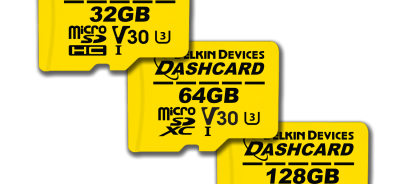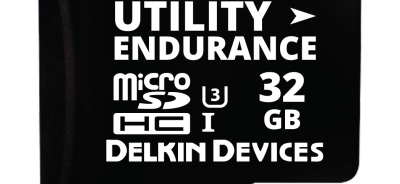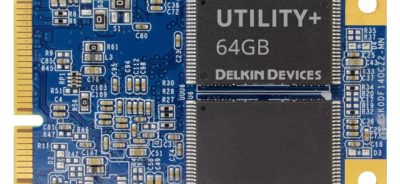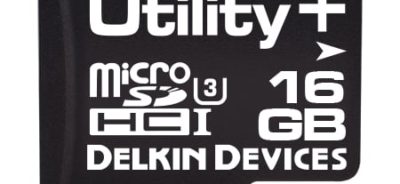Facts about the SATA Interface
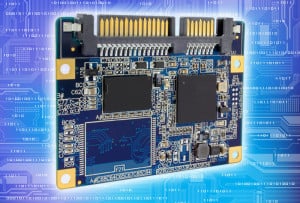 SATA—or serial ATA—is a bridge between storage devices and host systems. It is the successor of the PATA interface and entered the market in 2003. The SATA interface is used in many SSDs and is also commonly found in HDDs and optical drives. The interface can be found in consumer devices and industrial applications in a wide range of sizes and designs. For engineers and OEMs considering the role of the SATA interface in their designs or looking for compatible memory options, here are the facts that matter:
SATA—or serial ATA—is a bridge between storage devices and host systems. It is the successor of the PATA interface and entered the market in 2003. The SATA interface is used in many SSDs and is also commonly found in HDDs and optical drives. The interface can be found in consumer devices and industrial applications in a wide range of sizes and designs. For engineers and OEMs considering the role of the SATA interface in their designs or looking for compatible memory options, here are the facts that matter:
The SATA interface has multiple versions.
The initial SATA interface replaced PATA in 2003 and was designed to be much faster than PATA. The higher speeds come from better data processing on the serial paired lines that transmit and receive information. The initial version of the SATA interface was created by the Serial ATA Working Group. That group has since incorporated and is now called the Serial ATA International Organization, or SATA I-O, which is a nonprofit.
Since the launch of SATA in 2003, there have been multiple revisions of the interface, with each bringing new features.
- SATA 1.0 (2003): Interface launch with max speeds of 1.5 Gbits/second
- SATA 2.0 (2004): Increased maximum speeds of 3.0 Gbits/second and backwards compatibility with SATA 1.0
- SATA 2.5/2.6 (2005/2007): Maximum speeds of 3.0 Gbits/second with native command queuing (NCQ) and slim line cables and connectors
- SATA 3.0 (2009): 6.0 Gbits/second maximum speeds and backwards compatibility with older SATA interface versions
- SATA 3.1 (2011): 6 Gbits/second with mSATA (MO-300) defined trim command
- SATA 3.2 (2013): 16 Gbits/second with M.2 NGFF-defined SATA express spec
The SATA interface remains important.
SATA was once so widely used that it was found in almost every PC and an enormous range of consumer and industrial applications and devices. Today, some products that once used SATA are moving on to different kinds of connectors that allow for faster speeds. However, SATA still remains a dominant force in the world of memory and data management, particularly with the latest SATA revisions and the mSATA—or mini-SATA—interface, which allows for the use of SATA in slim devices. SATA SSDs are generally still supported as legacy devices with both SLC and MLC flash options available.
Delkin provides SATA interface support and customization designed to meet the needs of industrial application engineers and OEMs. Discuss your needs with our product team to learn more.
 Login
Login Register
Register


